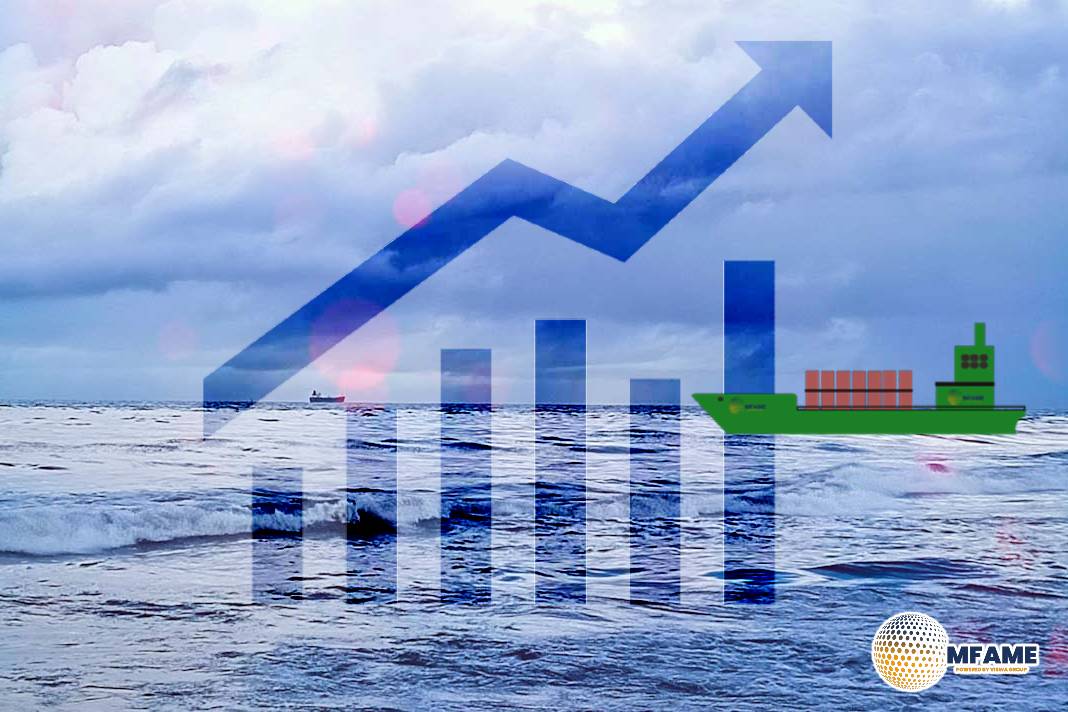- Shipping rates, particularly for Very Large Crude Carriers (VLCC), surged in February, reaching their highest levels since November 2023.
- Tensions in the Red Sea region and attacks on commercial vessels have led to disruptions, causing vessels to opt for longer routes around Africa and impacting global trade.
- The United Nations Conference on Trade and Development (UNCTAD) issued a warning about potential long-term consequences, emphasizing threats to global supply chains and increased costs.
- Moody’s Investor Services suggests the impact on inflation may be limited, but ongoing challenges in the shipping industry continue to unfold.
Shipping rates for Very Large Crude Carriers (VLCC) witnessed a significant surge in February, reaching their highest level since November 2023. Data from the Centre for Monitoring Indian Economy (CMIE) indicates a 3.5% month-on-month increase, with rates hitting $48,171/day, compared to $46,555 in January and $47,975 in December.
Vessel Classification and Capacity
Shipping vessels are categorized based on their capacity, with Aframax vessels having a maximum capacity of around 120,000 deadweight tonnes, while Suezmax tankers can carry up to 180,000 deadweight tonnes. The increase in oil trade has led to the utilization of larger vessels, such as Very Large Crude Carriers (VLCC), with a capacity of up to 320,000 deadweight tonnes.
Impact of Red Sea Tensions
Tensions in the Red Sea region have contributed to a rise in shipping rates as several vessels opt for longer routes around Africa, avoiding the Red Sea. The situation has also disrupted traffic through the Suez Canal, impacting global trade and supply chains.
UNCTAD Warning
The United Nations Conference on Trade and Development (UNCTAD) issued a warning about the potential long-term effects of the disruptions caused by recent attacks on commercial vessels in the Red Sea. UNCTAD emphasizes that such disruptions could have severe consequences, including threats to global supply chains, potential delays in deliveries, increased costs, and inflation.
Moody’s Assessment
Moody’s Investor Services, however, suggests that the impact on inflation may be limited by low demand and high ship availability. Despite ongoing disruptions, Moody’s indicates that the current market conditions could mitigate the inflationary impact.
Trade Volume Decline
According to Port Watch, a collaborative project between the International Monetary Fund and the University of Oxford, the seven-day moving average of transit trade volume in the Suez Canal, as of February 20, 2024, shows a declining trend. This indicates a potential impact on global trade dynamics as vessels reevaluate their routes.
Did you subscribe to our daily Newsletter?
It’s Free! Click here to Subscribe
Source: Business Standard























